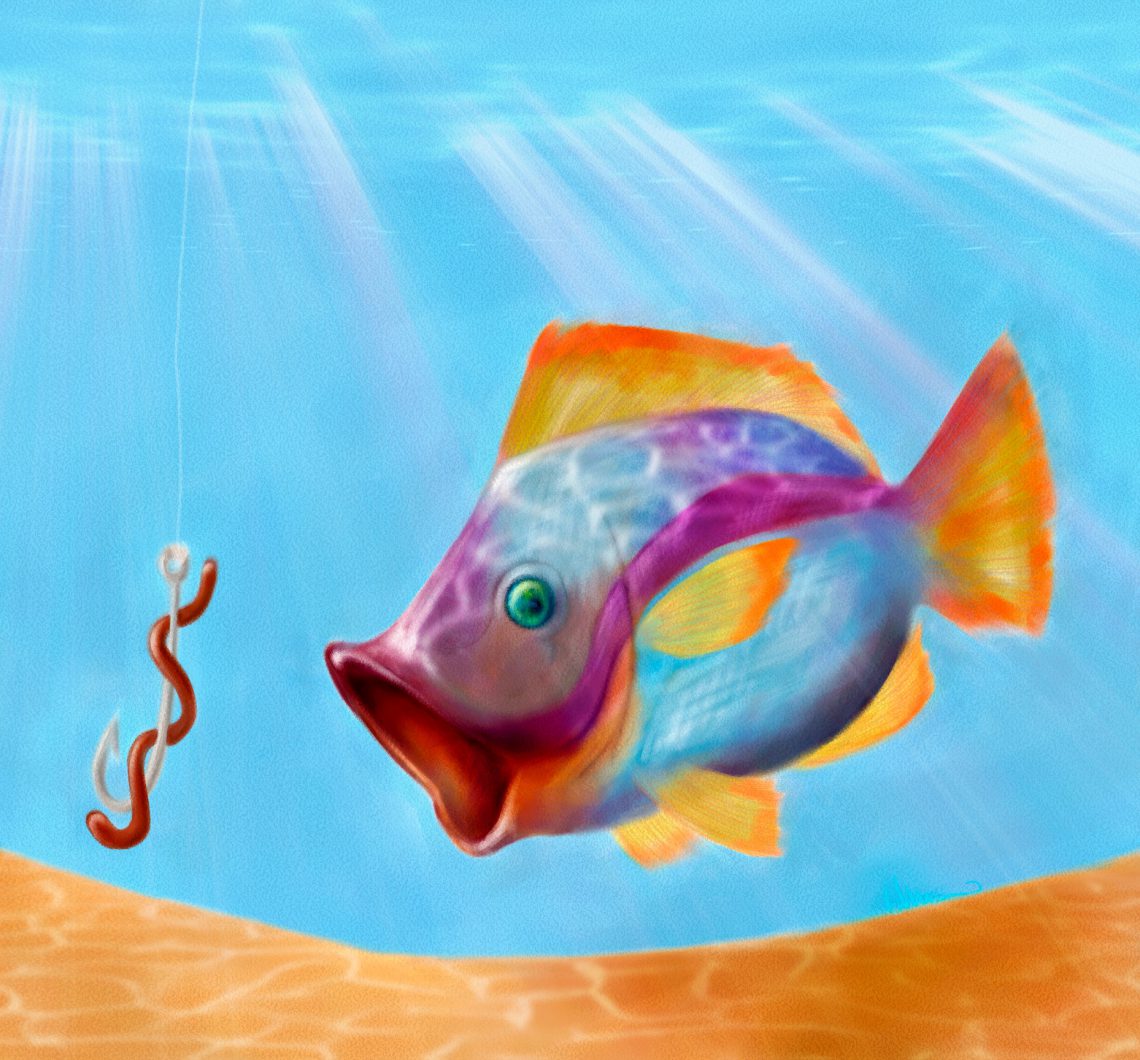After Effects CS3 for Still Images

Marilyn opened a new group on Flickr a couple of months ago to accompany her upcoming book. In the discussions for the group, Marilyn posted a question about using software aside from Corel Painter X to “paint.” In my answer to the question, I added After Effects CS3 into the mix of everyone else’s suggestions because I actually have used it in still paintings before!
Those of you who know what After Effects is may be a little confused, but I’ll get into the “why” in a minute. For those who may not know, After Effects is a motion graphics and video creation/editing/compositing application produced by Adobe. Chances are, if you watch movies and TV, you’ve seen the power of After Effects for film effects.
How does it apply to still images and painting?

Well, what is video? Still frames played together in succession. To “paint” with After Effects, all you have to do is create a composition with any desired effects and render a single still frame that matches the “vision” of the final piece.
Back to Marilyn’s group, coincidentally, I posted an image to my Flickr account (same image as above) where I used After Effects for part of the post-processing, and it is the one image Marilyn commented on! The light rays were created in After Effects using a combination of effects from both standard features and a couple of plugins, composited on top of my original, full resolution painting.
Here it is in animated (and exaggerated) form.
Have any of you ever used an application that wasn’t meant specifically for creating still-images to help in creating you own digital art?